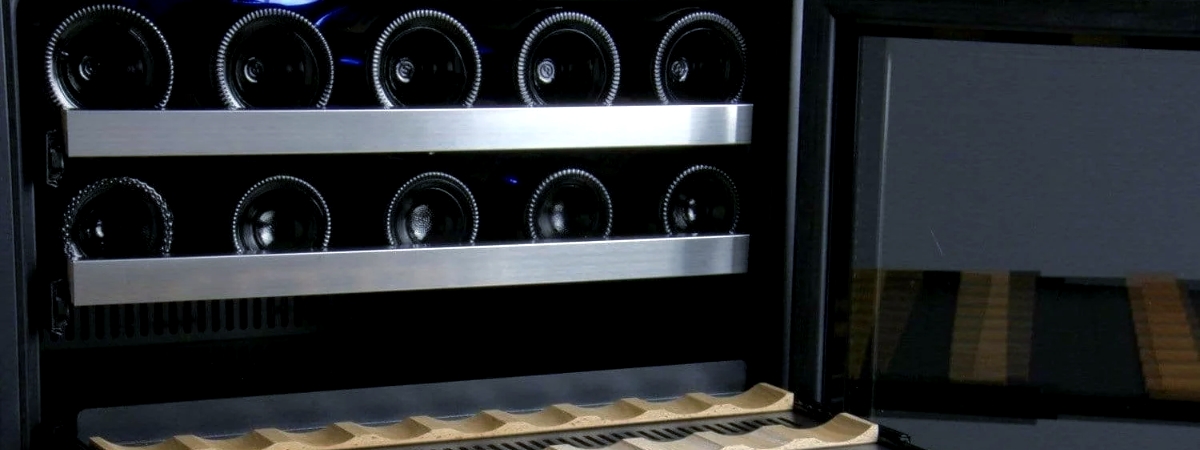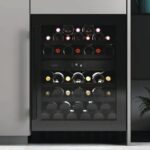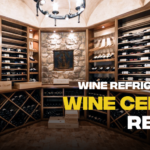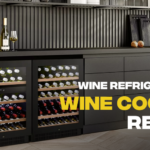Allavino Wine Cooler Temperature Control Malfunction
Post Date: June 11, 2024

In the realm of wine aficionados, Allavino wine coolers stand as guardians of temperature precision, ensuring the ideal environment for your cherished vintages. However, even these sophisticated appliances can occasionally encounter hiccups. If your Allavino wine cooler is exhibiting temperature control issues, it can disrupt the delicate balance of your wine’s storage haven and potentially compromise the quality of your collection. This comprehensive guide delves into the intricacies of this issue, exploring its causes, potential solutions, and preventive measures to safeguard your wine cooler’s temperature regulation capabilities.
Understanding the Temperature Woes: Unveiling the Causes
When your Allavino wine cooler fails to maintain consistent internal temperatures, it indicates a malfunction in the temperature control system or its related components. Several factors could be behind this disruption in temperature harmony:
-
Faulty Thermostat: The thermostat, the heart of the temperature control system, senses the internal temperature and signals the cooling system to adjust accordingly. A malfunctioning thermostat can provide inaccurate readings, leading to improper cooling or overcooling.
-
Cooling System Issues: The cooling system, comprising the compressor, condenser, evaporator, and refrigerant, is responsible for removing heat from the wine cooler’s interior. If any component within this system malfunctions, it can affect the cooler’s ability to maintain the desired temperature.
-
Door Malfunction: A door that is not closing properly or is slightly ajar can allow warm air to enter the cooler, disrupting the temperature balance and making it difficult for the cooling system to maintain the set temperature.
-
Airflow Obstructions: Blocked vents or excessive clutter inside the cooler can impede proper airflow, hindering the cooling system’s ability to circulate cool air evenly throughout the interior.
-
Refrigerant Leak: A leak in the refrigerant system can cause a loss of refrigerant, reducing the cooling capacity and making it challenging for the cooler to maintain the desired temperature.
Restoring Temperature Harmony: Addressing the Malfunction
Before seeking professional assistance, there are a few DIY troubleshooting steps you can attempt to address the temperature control issue:
-
Thermostat Calibration: Consult the user manual to locate the thermostat calibration instructions. This process may involve adjusting the thermostat dial or using control panel settings.
-
Cooling System Inspection: Check for any visible signs of damage or leaks on the compressor, condenser, evaporator coils, or refrigerant lines. If you notice any abnormalities, consider seeking professional assistance.
-
Door Seal Check: Inspect the door seal for any signs of damage or wear that could be allowing warm air to enter. Clean the door seal with a mild detergent and water to ensure a proper seal.
-
Airflow Assessment: Remove any obstructions from the vents and ensure there is adequate space around the cooler for proper airflow. Avoid overcrowding the interior with bottles.
-
Refrigerant Leak Detection: If you suspect a refrigerant leak, it is crucial to seek professional assistance from a qualified appliance repair technician. Refrigerant leaks can pose safety hazards and require specialized tools and expertise for repair.
Preventive Measures: Safeguarding Your Wine Cooler’s Temperature Control
To minimize the risk of temperature control issues, follow these preventive measures:
-
Regular Maintenance: Schedule regular professional maintenance checkups to ensure the wine cooler’s temperature control system, including the thermostat, cooling system, and door seal, are functioning optimally.
-
Strategic Placement: Install the wine cooler in a location with consistent temperature and humidity levels, avoiding direct sunlight or extreme heat sources.
-
Door Maintenance: Regularly inspect the door seal for signs of damage or wear and replace it if necessary. Ensure the door closes properly and is not left open for extended periods.
-
Optimal Loading: Avoid overcrowding the wine cooler, leaving sufficient space for air circulation between bottles.
-
Prompt Repair: If you notice any signs of temperature control issues, address them promptly to prevent further problems and protect your wine collection.
Temperature control malfunctions in Allavino wine coolers can be a cause for concern for wine enthusiasts. However, by understanding the causes, implementing troubleshooting steps, and following preventive measures, you can restore the delicate balance of temperature within your wine cooler and safeguard the quality of your prized vintages. Remember, if you encounter any difficulties or feel unsure about any step, seeking professional assistance is always recommended. With proper care and attention, your Allavino wine cooler will continue to harmonize with your wine collection, ensuring its impeccable preservation for years to come.





